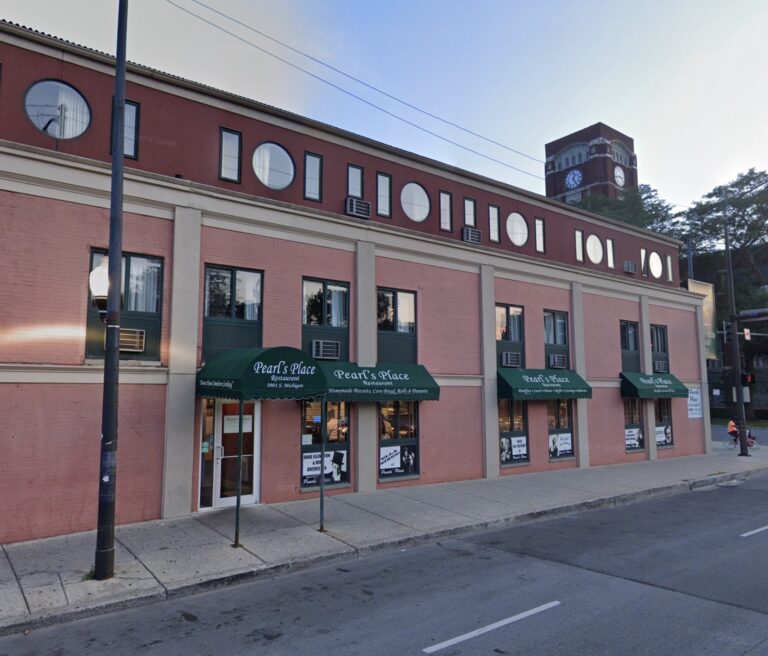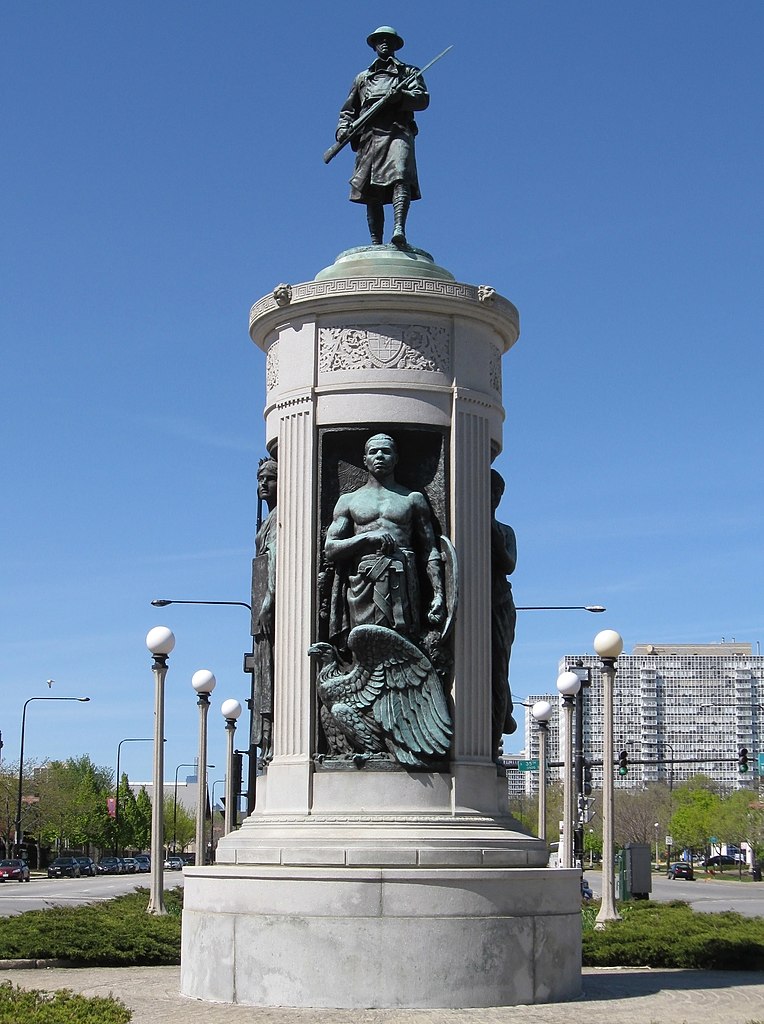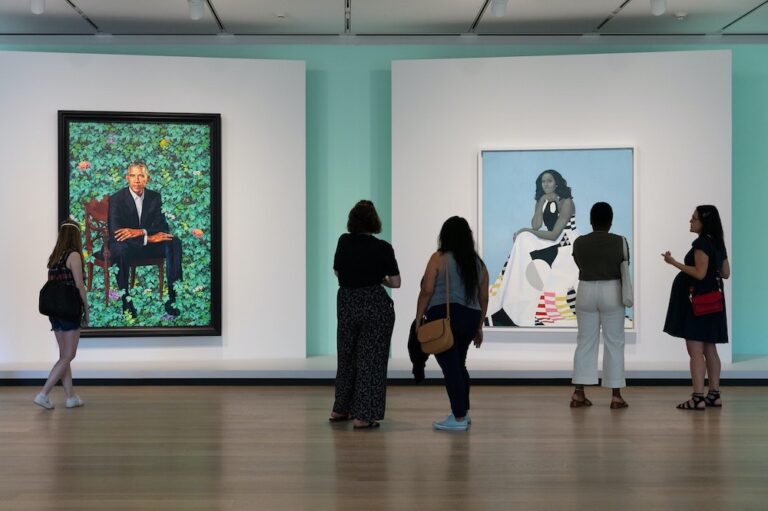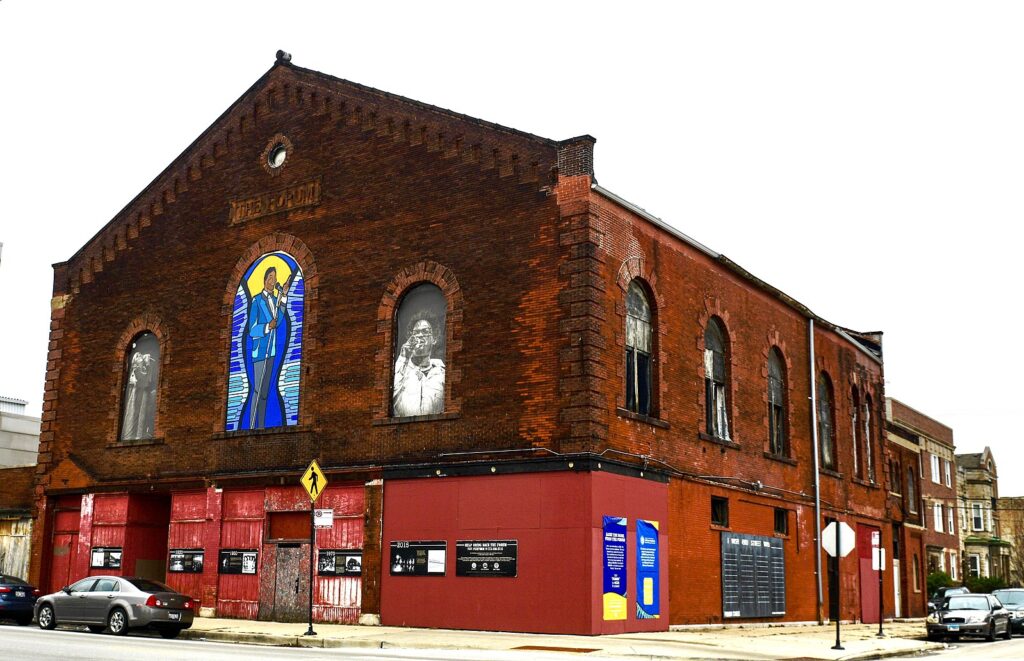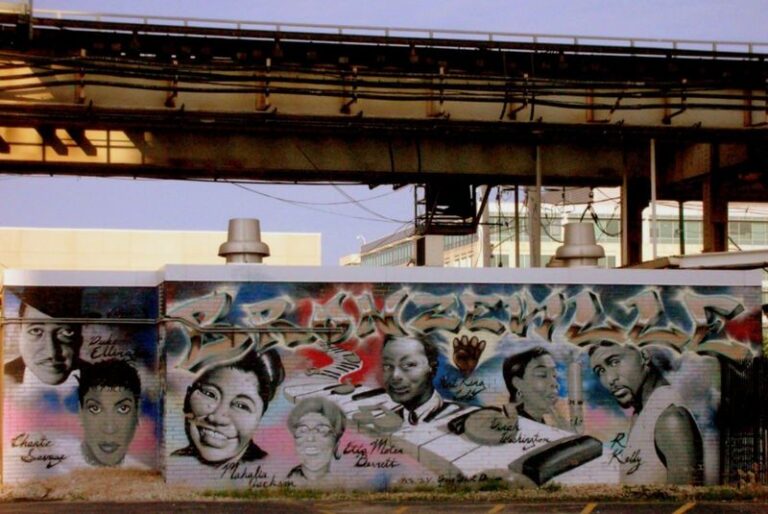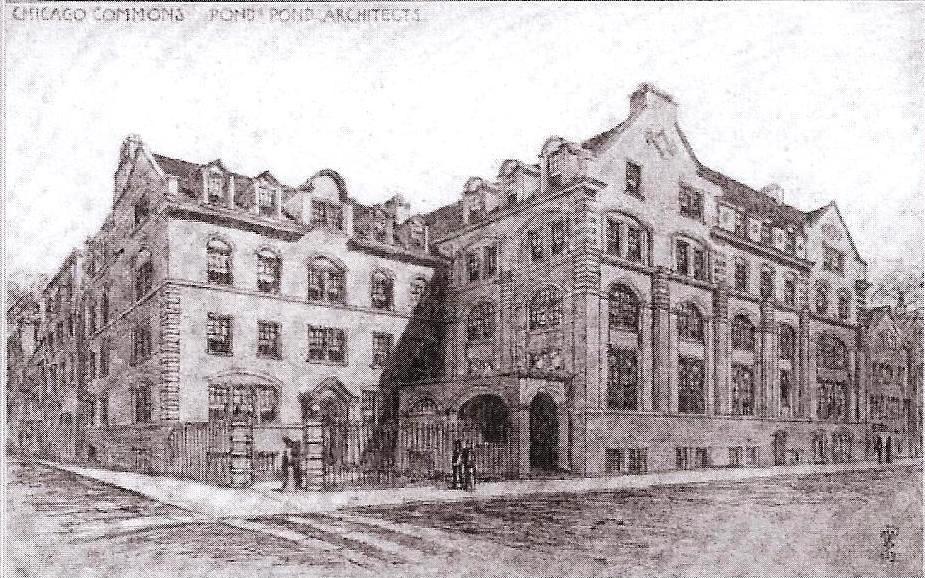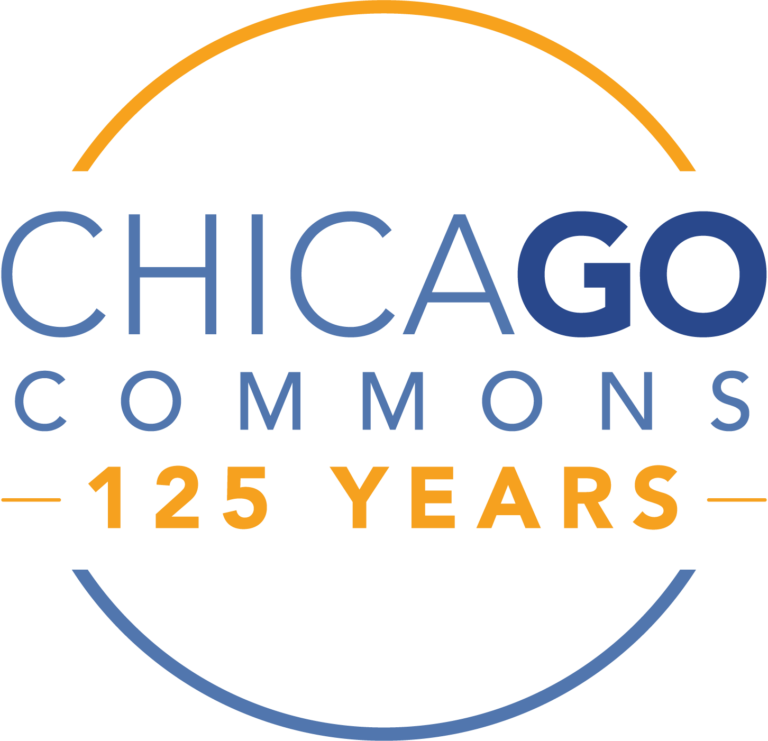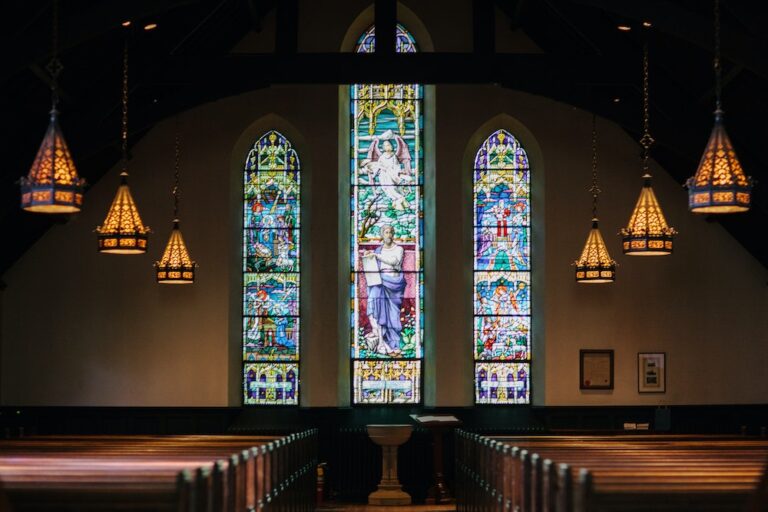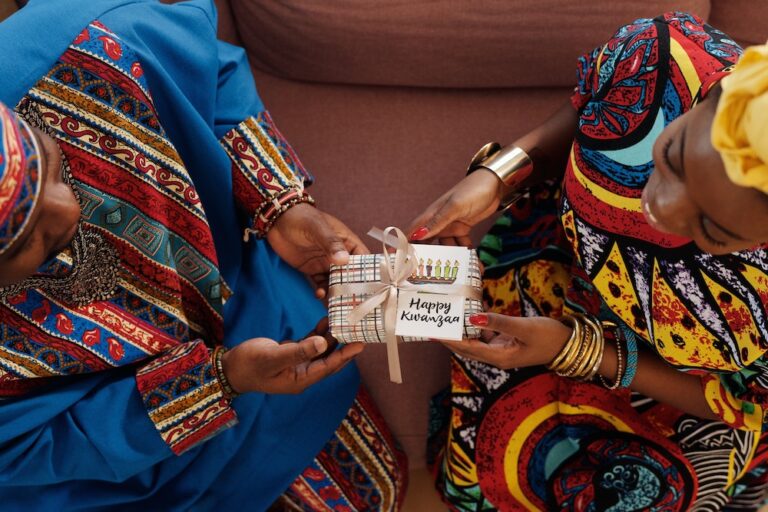Celebrating Bronzeville’s historic Pearl’s Place
The feeling of an enriched shared experience is something we at Sage Collective advocate for ourselves as well as for the community around us. That’s why we love to highlight some of the most culturally rich and lively locations in the neighborhood near our future King Drive properties.
One of these locations is Pearl’s Place; a food staple that is often voted one of the best restaurants in the neighborhood — and has secured its place as one of the most beloved spots for large gatherings and some of the most delicious meals in Bronzeville. From being featured on Windy City Live with Carla Hall to being chosen as a top 5 soul food locations by Midwest Living, their feel-good food and welcoming atmosphere say it all.
Having been owned and operated by community leaders and running successfully for more than 30 years, Pearl’s has become the heart of the neighborhood in many ways. It’s a perfect place to stop for their legendary buffet after visiting Bronzeville’s numerous art galleries, shopping at local boutiques or leaving a church service.
The dining environment has always been a huge part of Bronzeville’s culture and landscape — read more on that and Bronzeville’s history here — and Pearl’s is a big part of that tradition. Whether they are celebrating the neighborhood’s history or offering their southern-style soul food classics, Pearl’s is proud of their cozy environment that’s meant for everyone to enjoy.
Not only does Pearl’s show passion towards the success of the Bronzeville community in ways like hiring locally and within the neighborhood, but they also offer sponsorship for local events. Pearl’s continues to support the neighborhood’s deep roots as one of the most vibrant epicenters for Black culture and history, and never ceases to give back to the community all while looking towards our future. For all this and more, Pearl’s Place has earned a special place in the community. Pearl’s Place is open seven days a week for breakfast, lunch and dinner from 8 a.m. to 7 p.m. and located at 3901 S Michigan Ave, Chicago, IL 60653.
